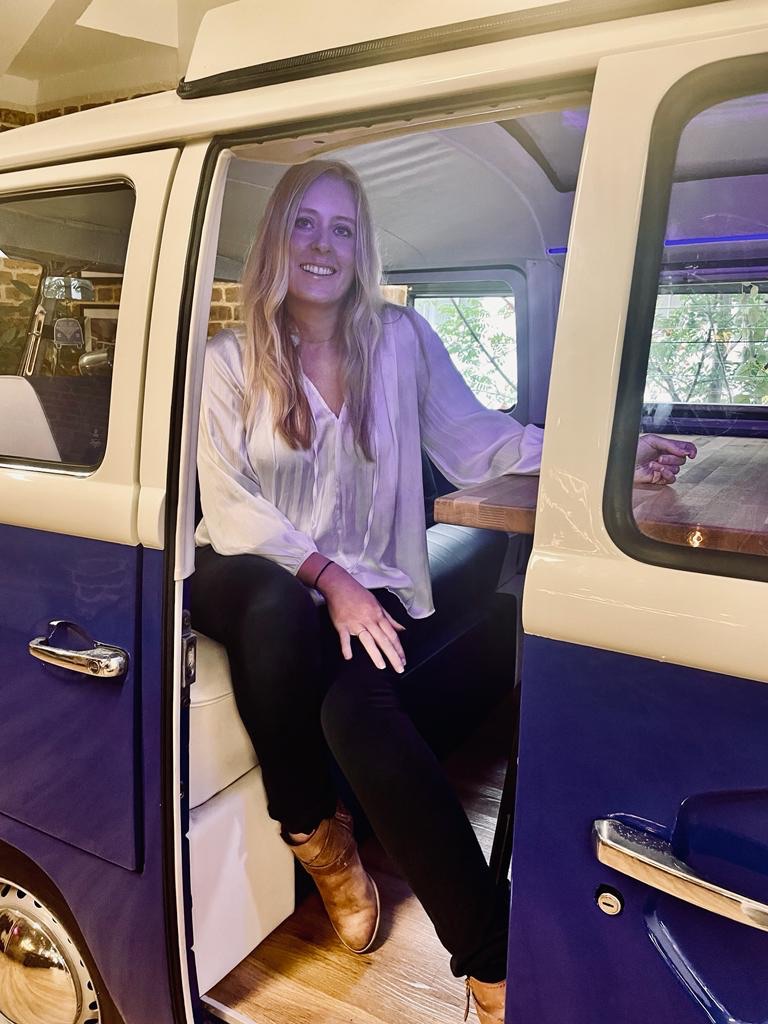A study by the University of Warwick has shown that happiness in the workplace increases productivity by up to 12%.
A positive work environment – whatever industry you work in – can contribute to increased
performance, a boost in commitment and engagement – and you don’t have to look too far for an inspiring example to prove this link.
You may have heard the story of 18-year-old George Baldock recently who, after struggling in
mainstream education due to anxiety and depression, thrived when he transferred to a pupil referral
unit (PRU).
George initially hated the idea of going to the PRU – the Bridge Academy West in Bletchley – but
with the help of Dr Neil Barrett, a history teacher and the school principal, they started working in a different way, making small changes to his environment which supported him to develop techniques to help him relax and clear his head.
The outcome: the 18-year-old has since gone on to study at Cambridge University and is currently studying for a history and politics degree at the prestigious Trinity College.
George surrounded himself with people who believed in him and created a working and learning space where the focus was on creating a positive environment to thrive in.
An effective workplace knows that, to do well you need to be well, and that it’s not enough to have
intermittent wellbeing interventions and activities. And an effective workplace also knows that by
creating a positive work environment, you can help your employees – or students if in an education
setting – and organisation progress successfully.
Here are some top tips on how you can create a positive working environment successfully:
1) Identify the link between the ‘being’ energy and the ‘doing’ energy; creating a positive
working environment is all about tapping into more ‘being’ energy. This leads to more
effective actions, which lead to more effective outcomes on the ‘doing’ side of the wheel.
This exactly what George did; he changed the activity and energy on the ‘being’ side of the wheel to get different outcomes on the ‘doing’ side of the wheel.
2) Create a working environment which allows people to feel that they can be purposeful, build
connections with other people. Connection and community is really powerful in driving
positivity.
3) Create workspaces that encourage the whole person to show up; where people feel that they’re accepted for who they are, with open conversations, flexibility, inclusive leadership and behaviours.
4) Make sure that you factor in time and support to help people balance their energy. Role model the importance of taking breaks, help people understand how they can rest and restore. This looks different for all of us. For some it might be going out for a run or climbing a mountain,for others it’s getting a massage or meditation.
5) Get people motivated to drive change in a way that is going to be sustainable, supporting people to develop a growth mindset. Use experimentation and rather than feeling fearful about change or uncertainty to get curious about it and try and have some fun exploring what can work for you.




